Director: Michael Mak Tong Kit
Cast: Stephen Chan Tak Gwong, Hon Yee Sang, Ben Lam Kwok Bun, Alex Man Chi Leung, Elvis Tsui Kam Kong, Pauline Wong Siu Fung, Yuen Yat Chor, Mama Hung
Running Time: 86 min.
By HKFanatic
This dark, gritty crime flick is another minor masterpiece from late 80’s Hong Kong. Although the first entry in the “Long Arm of the Law” series is still the most highly regarded, I think the sequel is my personal favorite. This film features a great cast, an economical script, and first-rate action. I was wondering just why this movie was so good until I saw that it was written by Tsui Hark. Suddenly everything clicked. While “Long Arm of the Law 2” may not be as groundbreaking as the films that Hark himself directed during the era, Hong Kong film buffs would be wise to seek this movie out when they’re in the mood for a visceral, gun-toting thriller.
To stem the tide of crime among Mainlanders in Hong Kong, the Royal Police Force tasks three recently detained illegal immigrants with going undercover. Their mission is to infiltrate the deadly Big Circle gang before they pull off their next heist. Along the way, they befriend their commanding officer (Alex Man of “As Tears Go By” and “Tragic Hero”). This being a Hong Kong movie, it doesn’t take long for the whole operation to go to hell in a hand-basket. Be prepared for one of the most sadistic torture scenes ever captured on film. All I’ll say is that it involves a sackcloth full of rats and could have only been dreamt up by Tsui Hark, the man who brought us “We Are Going to Eat You.”
“Long Arm of the Law 2” doesn’t get off to the most promising start, seeing as how director Michael Mak just recycles a bunch of footage from his brother’s first movie for the opening except now it looks crappy because it’s being displayed on a tiny TV in police headquarters. For the uninitiated, this is about the only connection the first two movies have to each other than sharing a few actors and filmmaking talent. Fortunately, we are soon introduced to our three leads, who are all charismatic and fun to watch.
Elvis Tsui is the leader – tall, imposing, and gravely serious about becoming an undercover cop. Yuen Yat (action director on “Tiger Cage” and a few of the “In the Line of Duty” movies) is the little guy, slightly naive about Hong Kong life but extremely efficient with a blade. He makes the mistake of falling for a nightclub hostess, played by the unbearably good-looking Pauline Wong. Rounding out the crew is the stoic Ben Lam (“Police Story 2,” “I Love Maria”), who finds out to his dismay that one of his former army buddies has fallen in with the Big Circle gang. Together, these men will go through sheer hell just to try and obtain Hong Kong citizenship.
Although he’d been working in the industry for a few years, this is the movie that really launched Elvis Tsui’s career and it’s a rare opportunity to see him play a good guy. He and the rest of the cast are uniformly excellent. Much like in “Long Arm of the Law 3,” Stephen Chan and Hon Yee play two slimy bad guys. Stephen Chan in particular is impressive during the explosive ending as he runs down a tenant building hallway, blowing the scenery to bits with a shotgun and firing an automatic rifle at the police.
I wouldn’t say that the movie is action-packed but what action is here is spectacular. The ending is a classic ‘heroic bloodshed’-style finale, with some great stunt falls incorporated as well. This lengthy sequence is nearly as good as some of John Woo’s work during the same period, though don’t expect any slow motion: everything moves fast, fast, fast, and has a similar vibe to the famous heist shootout in Michael Mann’s “Heat.”
Compared to the rawness of the original “Long Arm of the Law,” the sequel has a more polished, scripted feel. Yet what it lacks in edge, it makes up for with stellar performances and a slick look. There’s a scene of Elvis Tsiu and Alex Man just talking about life and smoking a cigarette that’s captured in one long take – a great deal of dialogue is delivered between them in one uninterrupted cut and both actors are at the top of their game. The cheesy saxophone music in the background is a bit distracting but it adds to that “Lethal Weapon” buddycop flavor.
The original “Long Arm of the Law,” directed by Johnny Mak, was closer to a nihilistic art film than an action flick and managed to snag a Best Picture nomination at the Hong Kong Film Awards back in 1984. As Johnny Mak shifted to producer and let his “Sex and Zen” brother Michael take over, the series veered ever closer to exploitation territory with each successive film. Thankfully, “Long Arm of the Law 2” errs just on the right side of being an entertaining and efficient genre movie without crossing over into Category III land.
It’s a shame that some of the editing and music cues transition so abruptly, almost comically so at times, but it doesn’t detract much from the film’s overall quality. As the credits rolled on “Long Arm of the Law 2,” I sat back with a sense of contentment. It confirmed for me once again that, at least for a time, nobody did action quite like Hong Kong cinema. I can’t imagine that ‘heroic bloodshed’ fans will be unsatisfied with this film.
HKFanatic’s Rating: 7.5/10

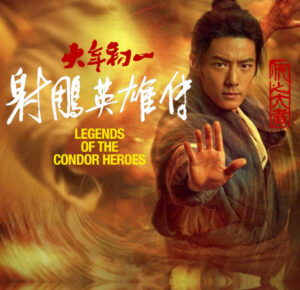


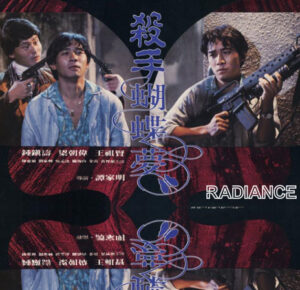
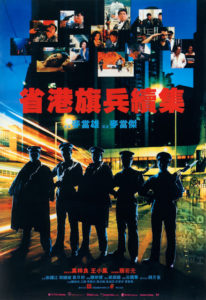





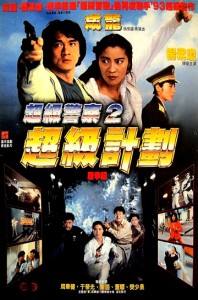








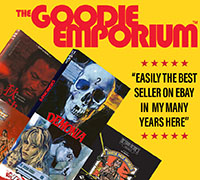

1 Comment